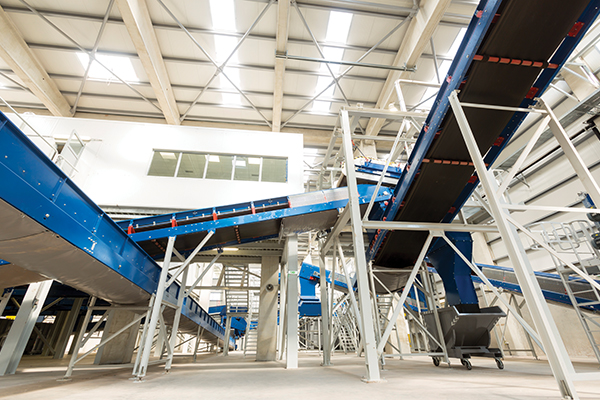New rules for all waste facilities in Victoria
By Esther Hughes, MRA Consulting Group

Resource recovery facilities most affected by the changes include materials recycling facilities (MRFs) commercial and industrial (C&I) facilities, construction and demolition (C&D) facilities and transfer stations. New thresholds apply to large, medium and small resource recovery, with either permitting or licensing required at 4,000 tonnes per month and registration required for smaller operations.
Previous works approval and licensing has been replaced by a three-tiered system of environmental permissions:
- Registrations for low-risk activities,
- Permits for moderate-risk activities, and
- Licences for the highest-risk activities which need customised EPA assessment and conditions.
The applicable category for an activity depends on the monthly throughput and/or the amount of waste stored at any one time. Your obligations can be assessed by a waste approvals consultant.
Activities that have been regulated prior to July this year include landfilling, organic waste processing, thermal treatment, electronic waste reprocessing, waste tyre storage, glass reprocessing and industrial waste management. Existing permissions will automatically transition. It should be noted, however, that new thresholds have also been added to e-waste, organic waste, waste tyres and glass, which require a permit or registration.
General Environmental Duty
In addition to the permissions framework, new environmental laws have come into effect for prevention of pollution and harm, with the centrepiece being the General Environmental Duty (GED). The GED requires that all businesses understand and control environmental risks and take reasonably practicable steps to eliminate or minimise them (Figure 1). The GED is criminally enforceable.

To comply with the GED, MRA recommends that businesses develop and implement an Environmental Management Plan (EMP). The EMP should include the identification and assessment of risks and methods to implement and update environmental controls.
Find out more
To work out your compliance obligations, apply for a works approval or licence, undertake a risk assessment, or develop an Environmental Management Plan please contact us at MRA Consulting Group (Esther Hughes, esther@mraconsulting.com.au or info@mraconsulting.com.au)



